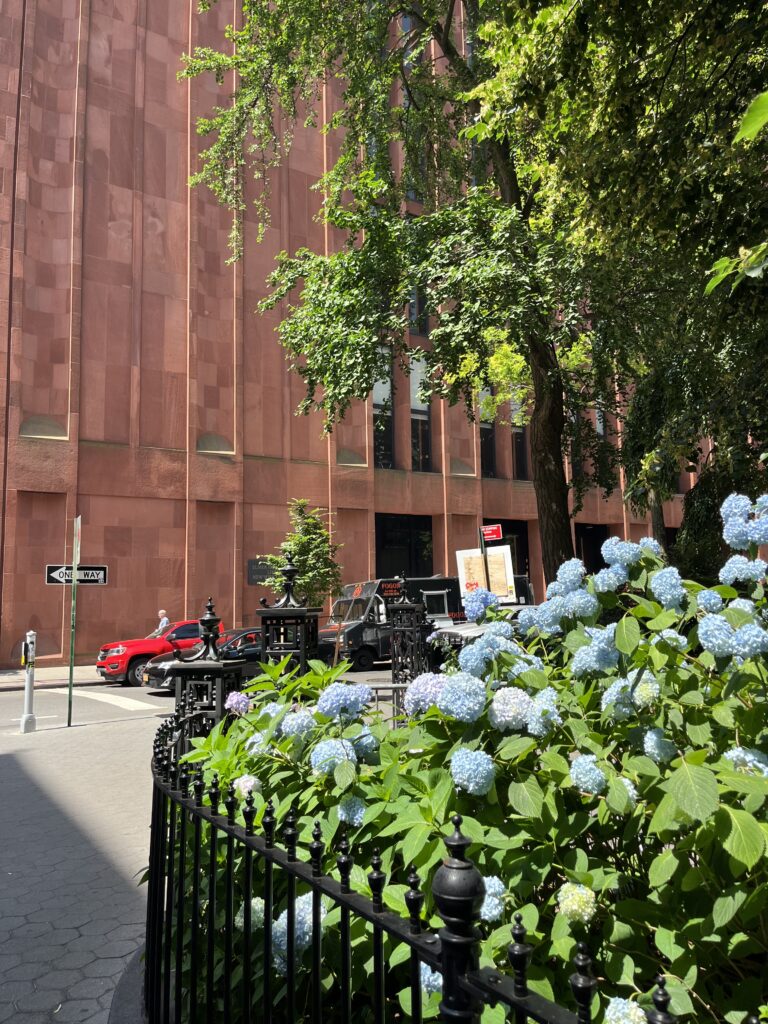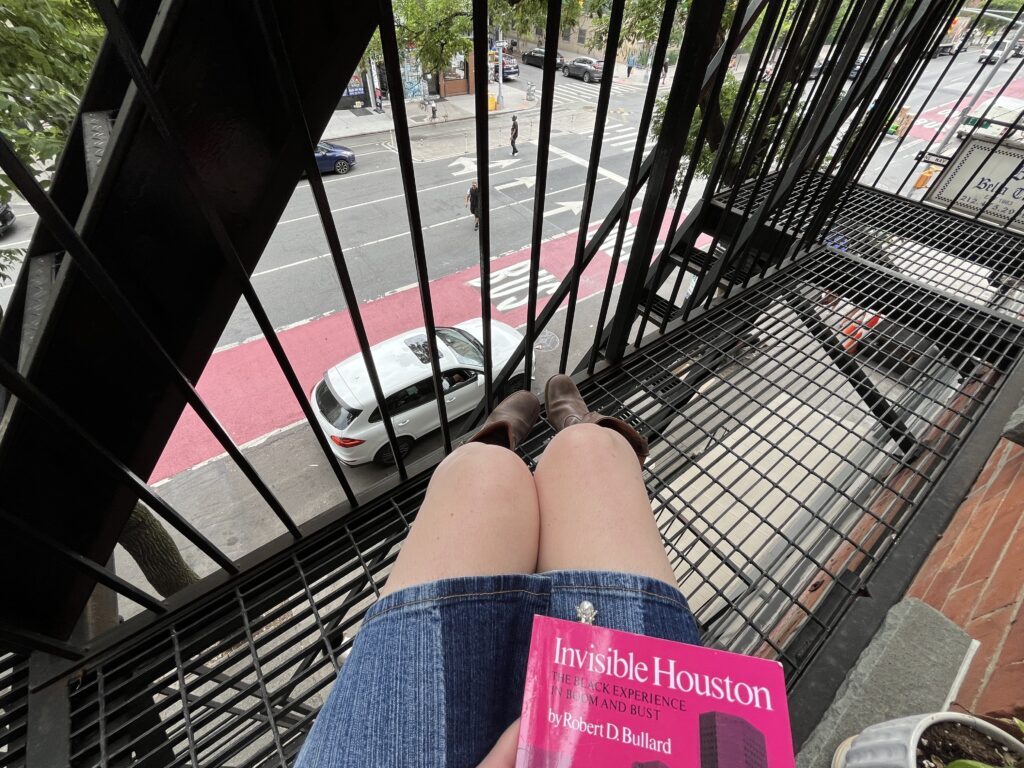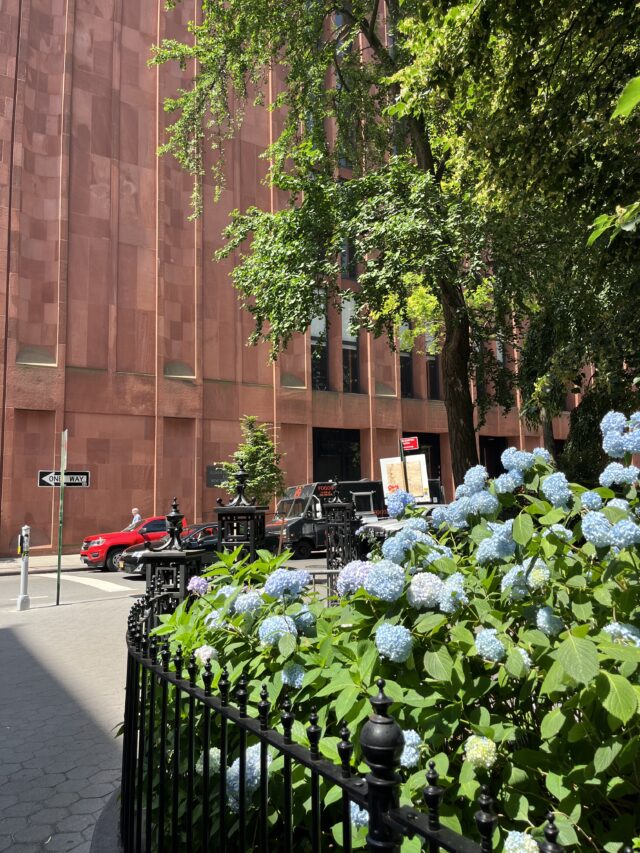
Each time you submit an appointment request with NYU Data Services at Bobst Library, you’re required to indicate how you are feeling by selecting from a list of abstract nouns in a drop-down menu. You’re able to pick from the following options: “curious”, “confused”, “excited”, “frustrated”, “zen”, “worried”, “panicked”, “angry”, and “hopeful”. Because assistance from Data Services is vital for the foundation of my project – and considering it’s only June and I’ve already had three appointments with them – I thought it would be fitting for me to begin each blog post with how I’m feeling. At this point in the project:
I’m feeling…hopeful.
Hi all! My name is Hannah Wheless and I’m an incoming junior at Gallatin. My concentration examines how environmental toxicants influence neurodevelopment, focusing on environmental racism with the placement of industrial facilities, industrial processes that release pollutants into our environment, and pollutants that may impact neurodevelopment to the point of disorders like autism. Using the Horn Family Fund for Environmental Research, this summer I’m investigating my hometown, Houston, Texas, known as the “energy capital of the world”. Houston is a unique example of environmental injustice because there were no zoning laws set in place as the city boomed with industrial development to build their economy in the 60s-80s. Therefore, Houston shows who faces the consequences from unrestrained economic development – unsurprisingly, BIPOC and lower-income communities.
My project aims to uncover what conditions allowed for such injustice to begin in the first place, and the long-term impact of the resulting consequences. I hope that through my work, a lesson can be learned to prevent similar communities from the same experiences. To do so, I will be exploring the relationship between industrial facility placement, pollution released from these facilities, prevalence of BIPOC individuals living in the communities these facilities are located in, and the prevalence of autism in these communities’ associated school districts.
To best organize the goals of such a hefty project, I’ve separated the study into three distinct parts. The first section will be a literature review to understand historical discrimination and the resulting placement of industrial facilities in Houston and in general. The second section – and the section I’m currently focused on – will be a statistical/geographical analysis examining the relationship between placement of industrial facilities, toxic release from industrial facilities, percentage of each race in the communities surrounding these facilities, and the prevalence of autism in the nearby school districts. The third and final section will show the real individuals and communities impacted by environmental injustice in Houston through filmed interviews with residents living in the most affected areas.

So far, I’ve been collecting and reading sources for the first section’s literature review and working on the geographical analysis for the second section. Although I may not have the exact information I want from the sources I’ve read so far, and although I’m a bit confused learning how to use specific geographical and statistical analyses software for the first time, I’m feeling hopeful! I’m working on getting some assistance with sources from a potential mentor, and I have yet another appointment at Data Services to finalize my data analysis. I may be having some difficulty starting out, but I have a solidified structure and plan for this project – hence the hopeful feeling I have for the future. And since we’re on the idea of hope, I hope the next time you all hear from me, I might take the feeling of “excited” or “zen”!
HAGS,
Hannah
